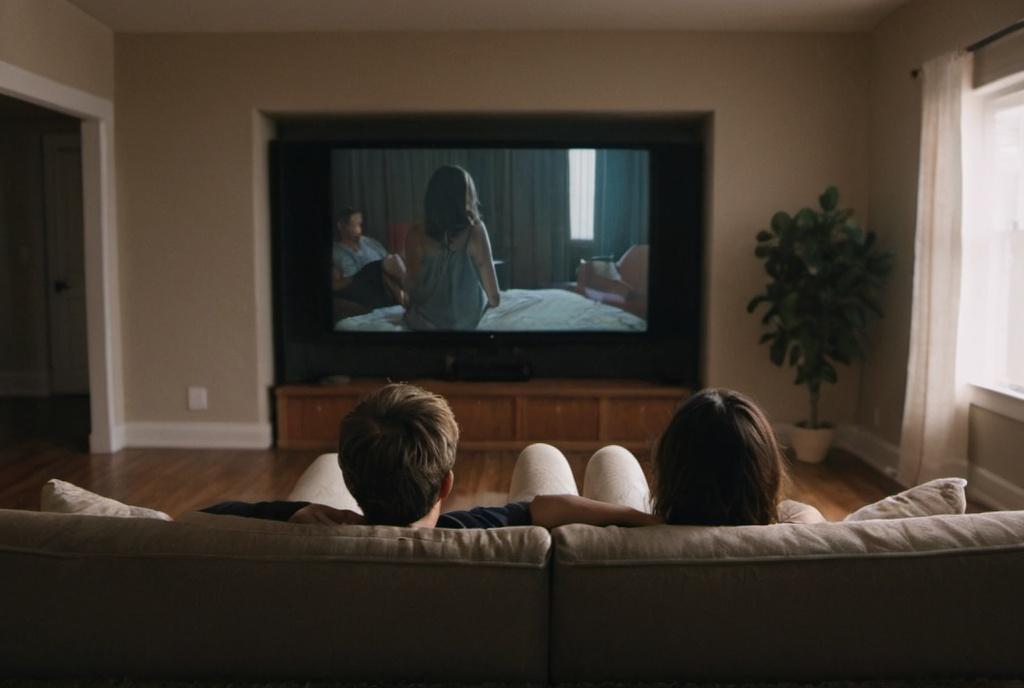
Key Take Aways About storyboarding for film
- Storyboarding is essential for visualizing and aligning film concepts.
- Prevents chaos by providing a detailed plan, avoiding reshoots, and aiding in experimentation.
- Helps pitch and secure funding by showcasing the director’s vision clearly.
- Modern technology simplifies storyboard creation and collaboration.
- Advanced storyboarding enhances storytelling by incorporating timing, movements, and lighting.
- Storyboarding is crucial for successful film production, similar to following assembly instructions.

The Basics of Storyboarding in Film
Storyboarding is like that first cup of coffee in the morning; it sets the tone for your entire day, or in this case, your film. It’s essentially a comic strip version of your script, giving directors, cinematographers, and editors a visual guide to work from. Think of it as sketching before painting, a necessary part of making sure everything aligns before the cameras start rolling.
Now, some of you might be imagining a room full of creative types, frantically sketching away. Honestly, you’re not far off. But beneath the scribbles and doodles, there’s a structure that films rely on. If you take a peek at any successful production, somewhere in its origins is a storyboard.
Why Storyboards Matter
Let’s get down to the nitty-gritty of why filmmakers bother with storyboards. Imagine trying to build a house without a blueprint. Sounds risky, right? Storyboards prevent this chaotic mess by offering a detailed plan that makes sure everyone’s on the same page. They help avoid expensive reshoots and streamline the creative process. Plus, they let directors experiment with camera angles and scene compositions without blowing the budget.
Credit and Investment in Storyboarding
Alright, let’s shift gears to the financial side of things. Funding a film is like betting on a horse race. You want to place your money on the right stallion. While storyboards don’t directly influence film budgets, they indirectly play a part. They offer up a glimpse of a project’s vision, enticing potential investors by presenting a concrete example of a director’s creative ambition. The clearer and more engaging the storyboard, the easier it is to pitch and secure funds.
Technology’s Role in Modern Storyboarding
Once upon a time, storyboards were painstakingly drawn by hand. Nowadays, there’s software that can help even the least artistic folks cobble together a decent mock-up. Digital storyboards allow for easy edits and adjustments, which can be a lifesaver when there are last-minute changes. They also make sharing and collaboration simpler than trying to decipher someone’s chicken scratch on a cocktail napkin.
Going Beyond the Basics
So, you’re sold on the idea of storyboarding. What now? Well, diving into more advanced techniques can improve the storytelling aspect. While basic storyboards focus on the sequence of events, advanced ones can delve into nuances like timing, camera movements, and lighting. This is where real mastery of the craft comes in, separating the enthusiasts from the pros.
In essence, if you’re in the film industry, ignoring storyboarding is a bit like ignoring the instructions while trying to assemble furniture from a certain Swedish store. You might eventually get something that looks right, but wouldn’t it be easier with a plan in hand?



